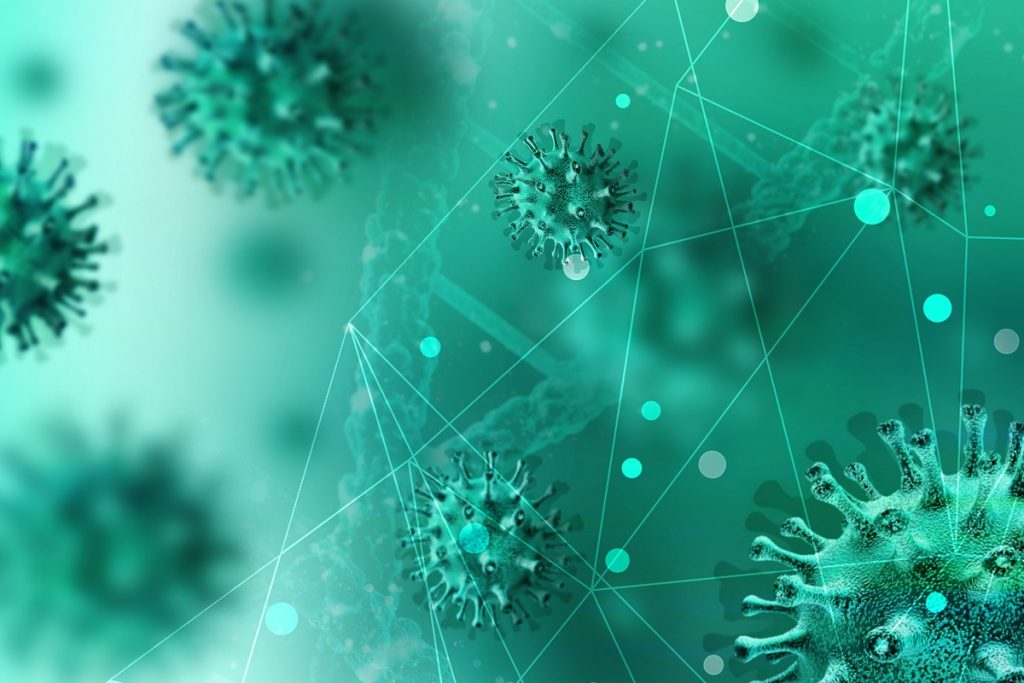The COVID-19 pandemic was a landmark moment in global health care. In many ways, it revealed how ill-prepared the world’s medical systems were to deal with a large-scale outbreak. Still, in doing so, it also showed where things could improve, clearing the path forward.
Artificial intelligence (AI) has emerged as a potential solution for many of the issues encountered with COVID-19 pandemic. As research into this technology and its medical applications has increased, it now seems that AI could help prevent and manage the next pandemic. Here’s a closer look at how that might happen.
1. Outbreak Predictions
Any effective medical response hinges on early intervention. AI could facilitate such timely reactions by predicting disease outbreaks before they occur.
Recognizing the early signs of a disease and modeling how it might grow requires a complex understanding of multiple trends and how they interconnect. This kind of analysis is challenging for humans and conventional statistical models, but machine learning excels at it. Some AI applications have already achieved up to 95% accuracy in predicting outbreaks.
In addition to high accuracy, pandemic-predicting AI models work far faster than traditional means. Consequently, world health officials could monitor health reports in near real time with this technology to identify emerging epidemics before they spread. Professionals could then allocate resources to contain the disease before it reaches a tipping point.
2. Transmission Risk Identification
Similarly, machine learning algorithms can highlight areas or practices that may heighten transmission risks. Other models could identify potentially risky populations, such as frequent travelers or asymptomatic carriers. In both cases, AI reveals where change may be necessary to stop the spread of a disease.
A pre-COVID study found that AI monitoring stopped multiple outbreaks at hospitals by detecting possible pathogen transmission routes. During COVID-19, a different AI model nearly doubled the identification rate of asymptomatic travelers to inform safer border and travel policies. Similar applications in the future could help contain diseases before they become pandemics.
It’s not always outwardly clear what behaviors, environments or populations make pathogen transmission more likely until it’s too late. AI makes it easier to determine these risks ahead of time, informing healthier practices to minimize the spread of future infections.
3. Resource Distribution
While early recognition and preventive sanitation measures are crucial, effective interventions also require appropriate resource allocation. Health officials can only stop an outbreak if they know where to deliver which medicines, staff or technologies to enable the greatest possible help. AI clarifies these decisions.
Many health systems have already adapted to become remarkably effective in this regard. Health and Human Services was able to distribute nearly 200,000 monkeypox vaccines within weeks to stop the disease from becoming a COVID-level pandemic. AI can take things further by predicting high-risk areas to reveal which locations demand the most attention.
High-priority areas and treatments may vary between different diseases, making conventional practices fall short. AI can adapt its predictions according to new data, letting it inform health departments of the most up-to-date trends for more reliable triage and resource distribution.
4. Streamlined Vaccine Research
In cases like COVID-19, where there is no existing vaccine, AI can accelerate research and development to enable needed breakthroughs in minimal time. While this does not necessarily prevent pandemics, it does help medical professionals slow or even stop the spread faster.
The COVID-19 pandemic itself highlighted the potential of AI in this area. Pfizer and Moderna both used AI to help find and test potential drug candidates. As a result, they reduced vaccine development times from years to months without jeopardizing patient safety or regulatory assurance.
As more agencies and researchers employ these tools, machine learning will become increasingly reliable and efficient at aiding vaccine development. Other AI models could streamline clinical trials by facilitating data entry or highlighting ideal participant populations, further accelerating the process.
5. Staff Shortage Mitigation
Another barrier to effective pandemic responses that COVID-19 emphasized is the need for additional medical staff. AI can address this obstacle thanks to its ability to automate administrative tasks, enabling limited workforces to perform more work.
One health care system was able to handle 7% more surgical cases despite closing 20% of its operating rooms because of AI-driven efficiency improvements. When AI handles much of the nonmission-critical, data-heavy work, hospital staff can focus on direct patient care. Such a freeing of resources could prove vital in responding to an early outbreak.
Reducing workloads would enable even highly workforce-constrained areas to take on a greater patient volume. As a result, responses would be more ready to manage a sudden outbreak, helping control the issue before it spreads too dramatically.
AI Could Revolutionize Pandemic Preparedness
While many of these use cases are still in the early stages of development, AI’s potential in pandemic prevention is hard to ignore. This technology has already proved itself to some extent throughout the world’s COVID-19 response, and additional research could take the possibilities further.
As these five applications illustrate, AI has many uses in a pandemic outbreak preparedness and response. Health care systems may be able to stop future pandemics from happening by investing carefully in these areas.
By Zac Amos, ReHack

